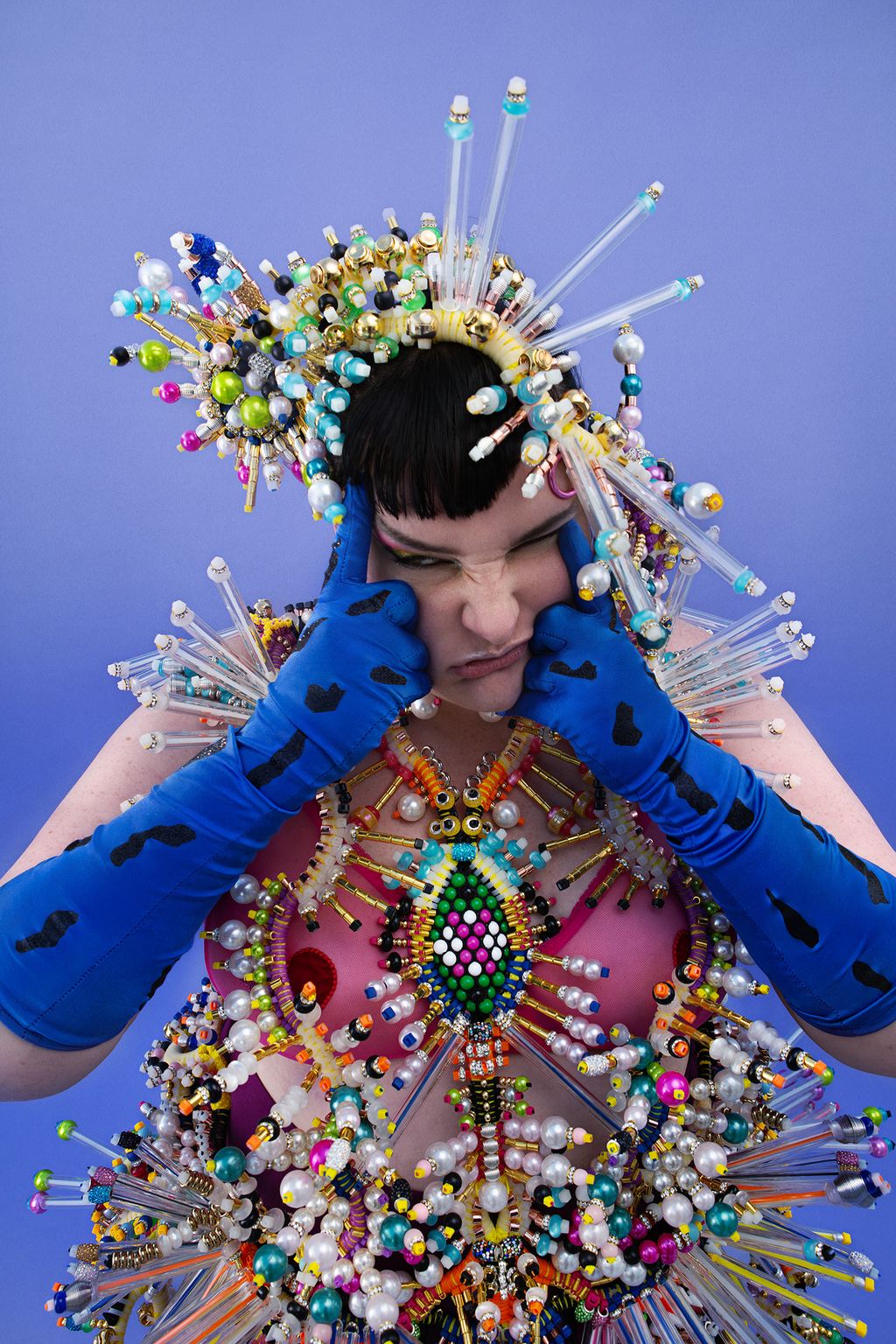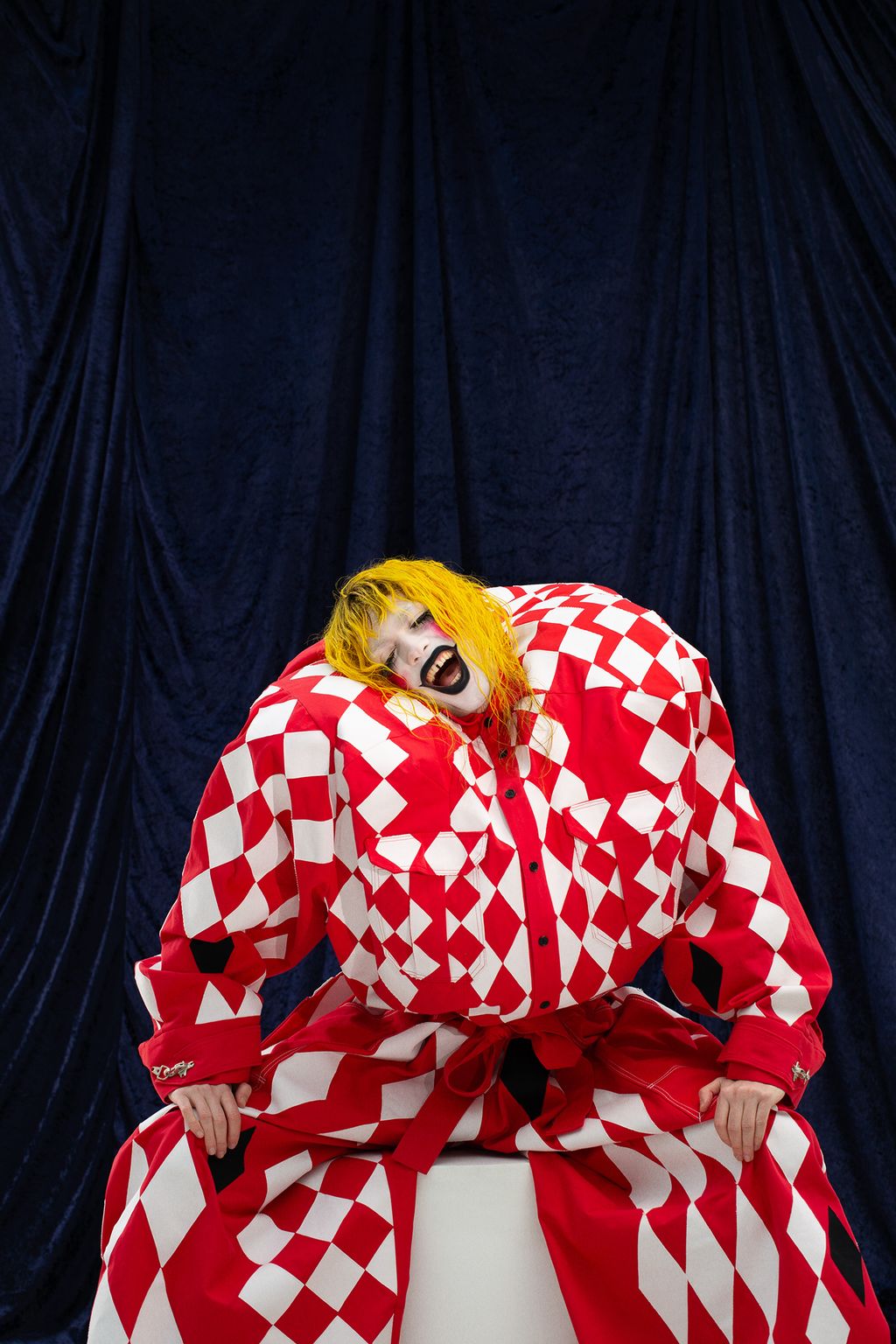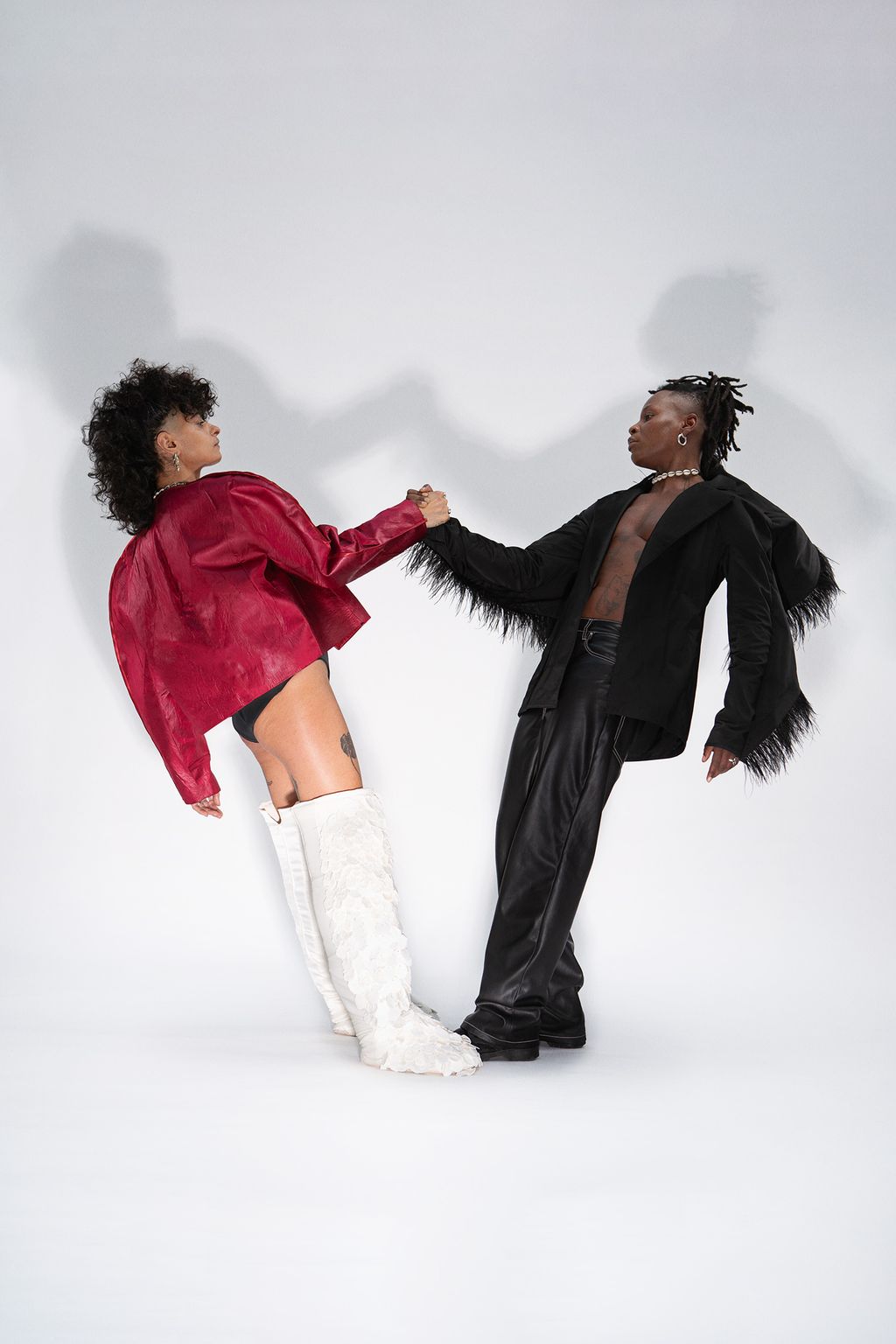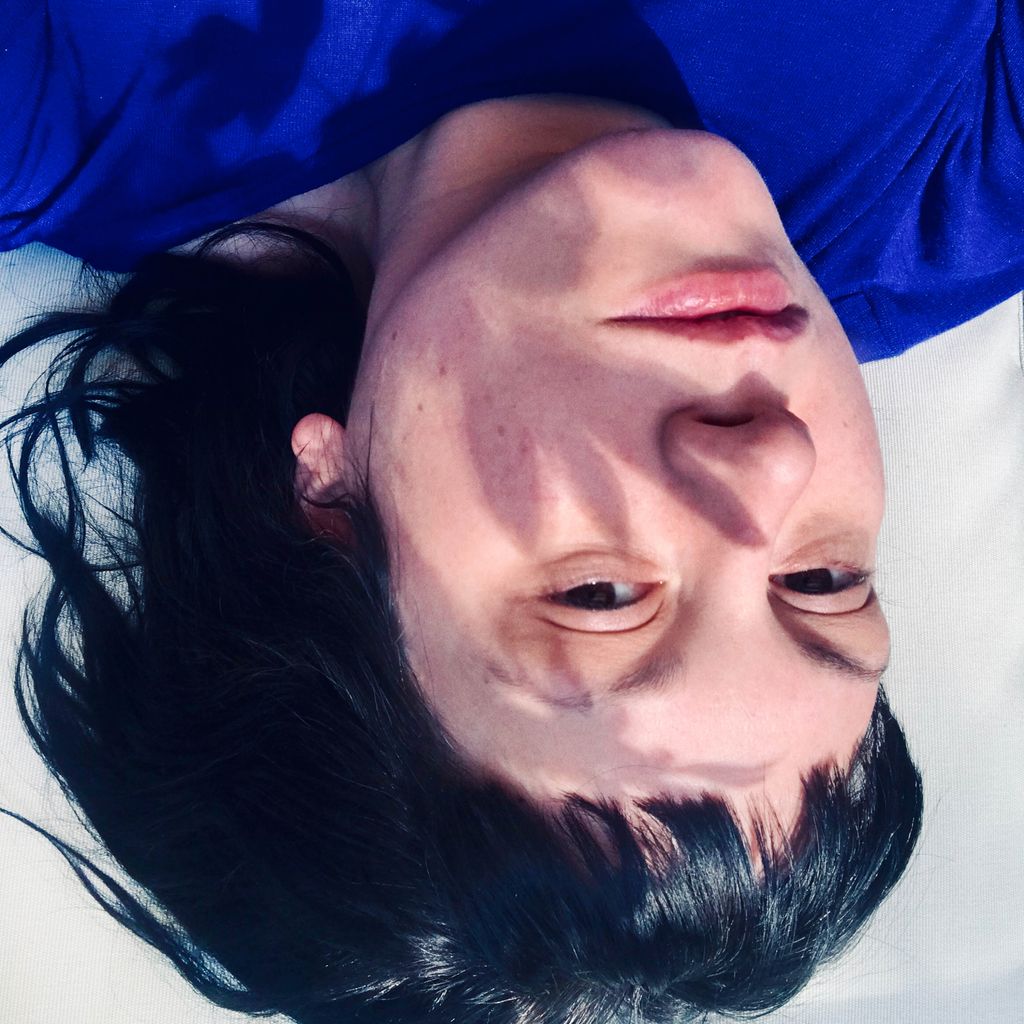‘Come as you are’, the solo exhibition by Liège artist Laetitia Bica, running until 6 September at MAD Brussels, is a great opportunnity to immerse yourself fully in a condensed burst of Belgian creativity characterised by openness, sharing and the freedom to be yourself.

Divided into four themed sections, this powerful, colourful and exhilarating exhibition features previously unseen images created during a residency organised on the 4th floor of MAD Brussels in February and March this year. For one month, photographer Laetitia Bica, surrounded by a multidisciplinary team, captured images of clothing and accessories – most of them unique pieces – by Belgian designers. Printed on various media, including textiles, the images were brought to life through an inspiring scenography by WDN Studio (Caroline Wolewinski & Sandro Della Noce).

Tell us about this project: typical at first glance, as it was about showcasing Belgian talent, but interpreted subtly so as not to fall into any clichés. How did this exhibition come about?
I received a list of designers who, through their nationality, studies or practice, have a close connection with Belgium. My work has always revolved around the emerging art scene. Based on this list, I chose talent who had just left school, whether they were well-known or not, as well as personalities who had worn their creations: dancers, drag artists, DJs, make-up artists and actors. I wanted to base this series of images on the theme of metamorphosis. For the styling, I worked with Jennifer Defays. Together, we put together a huge wardrobe that these personalities could draw on freely: the beginning of creating a character, but also the starting point for my photographic work.

For you, it’s important to take each personality into consideration. In fact, when you visit the exhibition, you don’t know who’s who. The scenography is completely integrated into the photographic aspect, taking us on a kind of journey that blurs the lines. Was that your intention?
I didn’t want the models to have to define themselves. This exhibition is simply a testimony to an encounter, a relationship. First between them and me, and then with the public. I would say that the different themes help convey a utopian vision of life. I want to allow us to dream of another world. Design and fashion professionals may want to know who’s who and who designed what. For visitors, this exhibition is like a mirror held up to them. I don’t choose my models for what they represent, but for their talent or intelligence.

You continued your work around printing images on fabric, creating real optical illusion effects.
I printed one of the images (a portrait of the artist Couenne dressed in a Marie Scerri outfit, ed.) on a double layer of black velvet to create a double-sided effect. An amusing detail: in the original image, Couenne is posing on black velvet. The optical illusion effect is striking. For this huge print, I sewed the two pieces of fabric together myself. It was a very scary moment that forced me to literally step inside the work. Like the people who pose for me, my body was totally engaged in the creative process. As I attach great importance to the material, this approach really makes sense.

Alongside the photographs, visitors can discover a printed work signed Bye Bye Binary. It features adjectives that resonate with your work. Why did you choose this?
It was about spreading a message that was both militant and artistic. The aim of this collective is to bring together and distribute a collection of “post-binary fonts”. One might imagine that this new way of writing is difficult to decipher. That’s anything but the case.

The final image (a photograph which has been chosen by the Théâtre de Liège as its poster for the 2025/2026 season, ed.) is highly symbolic. It shows two dancers face-to-face, almost off balance. What does it mean to you?
First of all, it perfectly embodies the performative clothing that I love to depict in my images. These pieces go against the concept of the sort of polluting clothing that floods the market. It’s also our way of saying: “if you fall, I fall”. For me, Belgium creates its identity through diversity and by bringing together different talent who want to do things differently.
